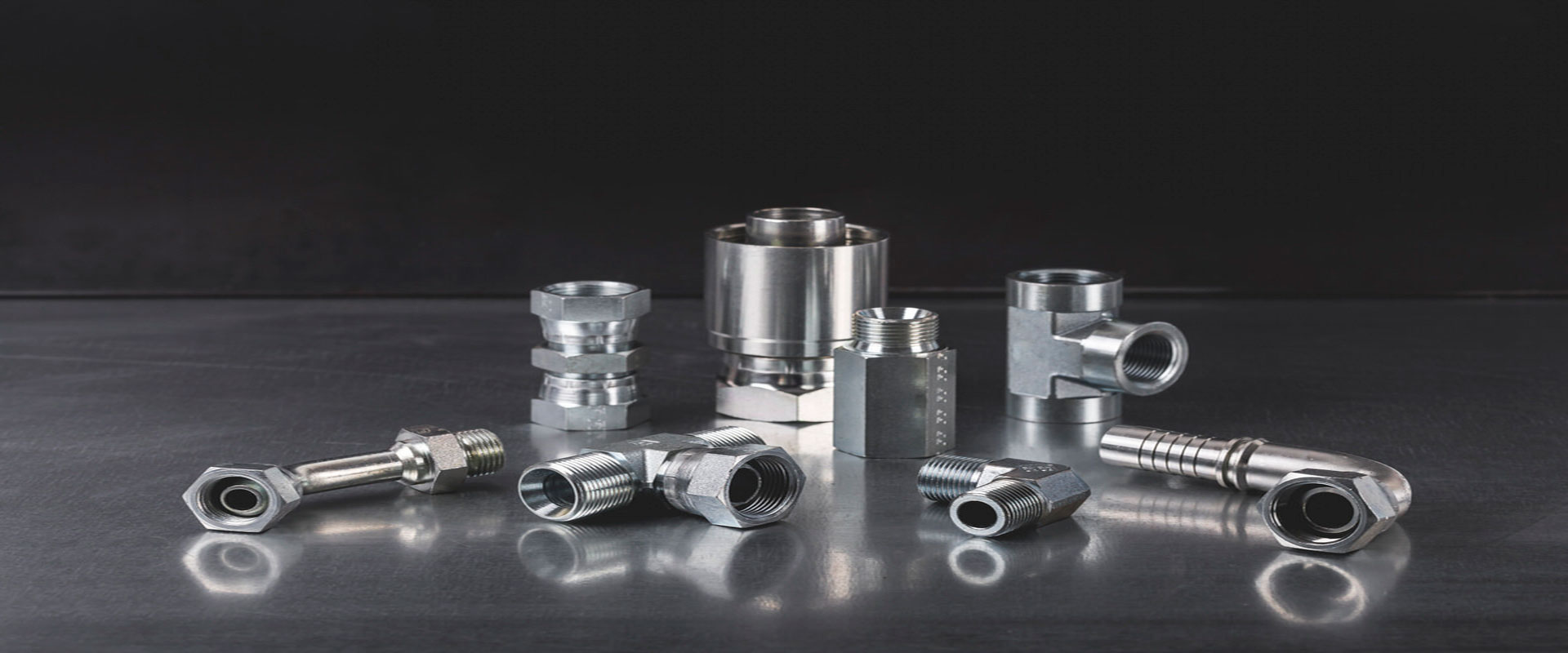Prevention of leakage at pipe joint
.jpg)
In the hydraulic system, both metal pipe joint and hose joint are prone to leakage.
1. For the sleeve pipe joint, the leakage is mostly caused by the large external force or impact force on the pipe, which loosens the sleeve or deforms the end face of the pipe. At this time, it is necessary to check whether the sleeve is out of the circle, whether there is a defect in the edge, whether the end of the pipe is intact and the compression degree of the nut, at the same time, the external force of the pipe should be eliminated.
2. For flared pipe joints, most of them are due to excessive flaring, substandard quality or multiple disassemblies, resulting in flared deformation or crack leakage, at this time, the front end can be cut off and re-flared. If the male and female cone top pressure are used to seal, the leakage is mostly due to the damage of the two cones, and the cone can be ground with grinding sand.
3. In some cases where the "ring" is sealed by the end face or the outer diameter, there are the following reasons for the leakage: the "ring" is aging or deformed, resulting in leakage; The "ring" ring is not assembled in place, so that when the two planes are connected, the uneven or "ring" ring is cut to cause leakage; the "ring" ring is not compacted and the elastic deformation is insufficient, resulting in leakage; the "ring" ring stop slot is too deep and causes leakage. In order to reduce the depth of the groove, it is necessary to re-select the "ring" ring with the same outer diameter and thick cross-section, and the sealing plate with the groove can also be cut or ground to reduce the depth of the groove. Make the "ring" ring have sufficient elastic deformation (the compression should generally be between 0.35-0.65mm).
4. For the leakage of pipe joints with oil-resistant rubber board, wool felt, mild steel paperboard, combined sealing gasket or sealant, no matter what material it is, first of all, the seals should be checked for damage, deformation, aging, and excessive roughness, etc. And then take corresponding measures.





0 COMMENTS